Back-stopping renewables: the nuclear option?
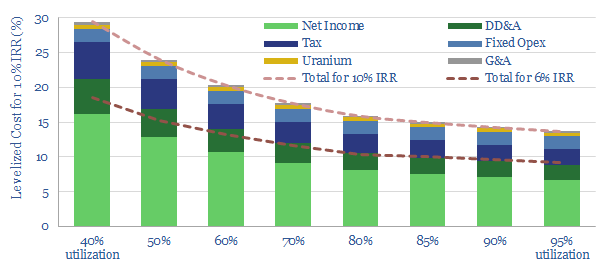
Nuclear power can backstop much volatility in renewable-heavy grids, for costs of 15-25c/kWh. This is at least 70% less costly than large batteries or green hydrogen, but could see less…

Nuclear power can backstop much volatility in renewable-heavy grids, for costs of 15-25c/kWh. This is at least 70% less costly than large batteries or green hydrogen, but could see less…
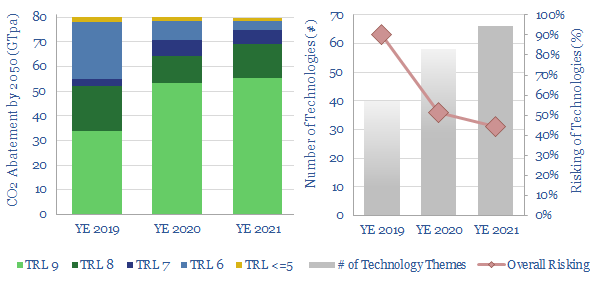
…run off of green hydrogen or electro-fuels. First, please, add some insulation. Residential heat comprises one-third of Europe’s gas demand. The potential energy savings are enormous, and the theme is…
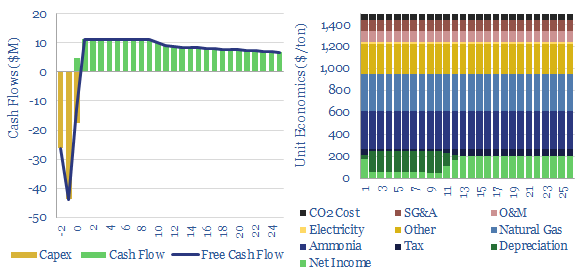
…the Andrussow Processes, at 1,126ºC and 14.7 psi, converting methane, ammonia and air into hydrogen cyanide, carbon monoxide and carbon dioxide. Hydrogen cyanide can then be further processed into sodium…
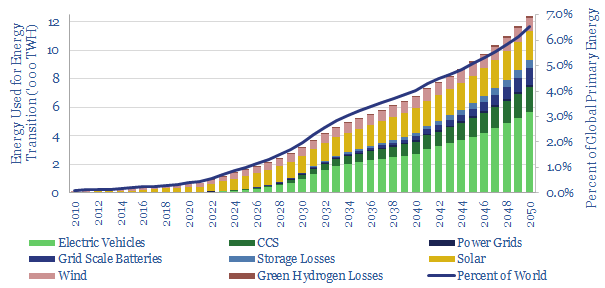
…looks most challenged on this roadmap is green hydrogen. Converting useful, rateable electricity into green hydrogen generates no energy savings. There are simply efficiency losses, due to entropy increases, over-voltages…
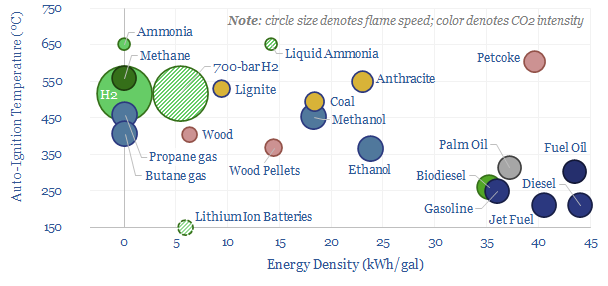
…batteries have an effective energy density 80-90% below hydrocarbons. Hydrogen also has low energy density, even when ultra-compressed to 700-bar, while hydrogen also has the lowest flash point of any…
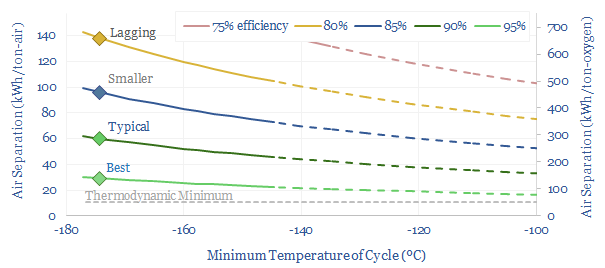
…like batteries, by scaling up and down to smooth out an increasingly volatile power grid? What implications for blue hydrogen, green hydrogen, Allam Cycle oxy-combustion, direct air capture energy economics?…
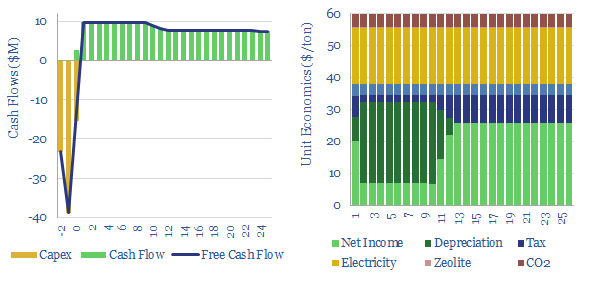
Pressure swing adsorption purifies gases according to their differing tendencies to adsorb onto adsorbents under pressure. Pressure swing adsorption costs <$0.1/kg when separating pure hydrogen from the output of reforming…
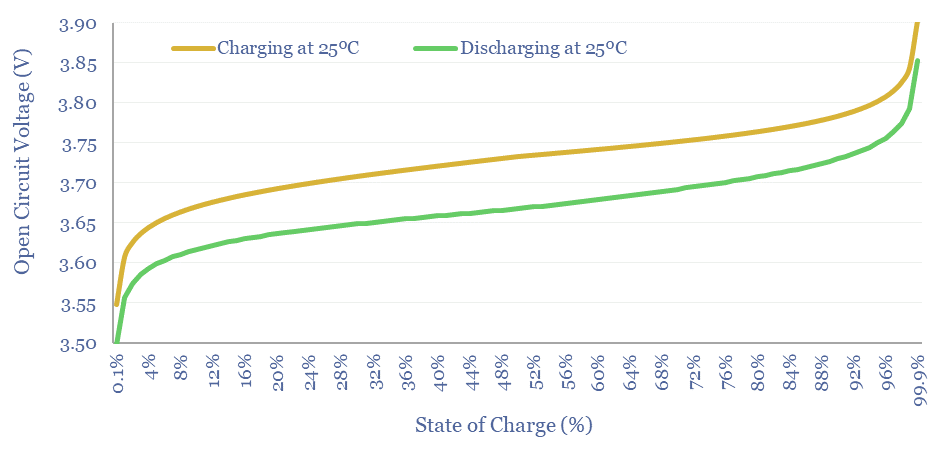
What determines the Voltage of an electrochemical cell, such as a lithium ion battery, redox flow battery, a hydrogen fuel cell, an electrolyser or an electrowinning plant? This note explains…

…6kg/boe, 1kg/mcfe, or +2% on Scope 3 emissions) and/or Permian gas in LNG or blue hydrogen value chains (0.3%). Residential gas use is closer to 0.8-1.2%, which is 4-6kg/mcfe; or…
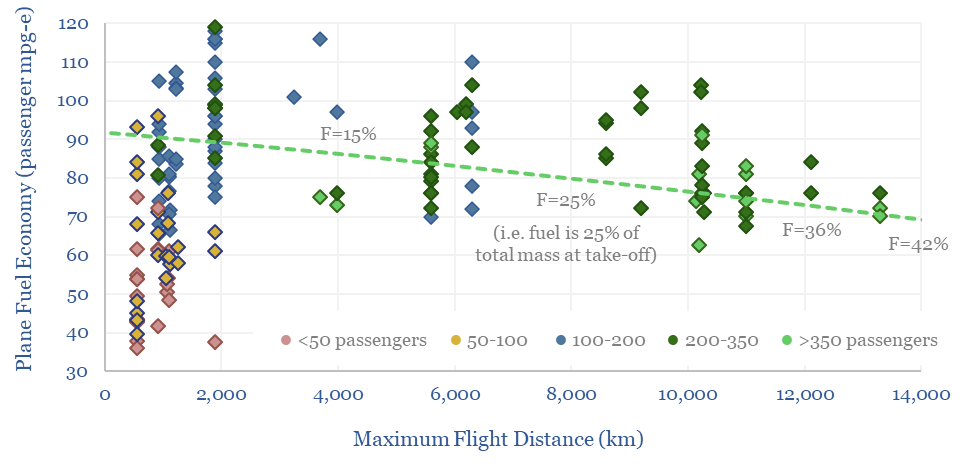
…battery, at 300 Wh/kg battery energy density simply cannot exceed a range beyond 600km, even if the batteries comprise one-half of its mass at take-off. In theory, hydrogen has 3x…